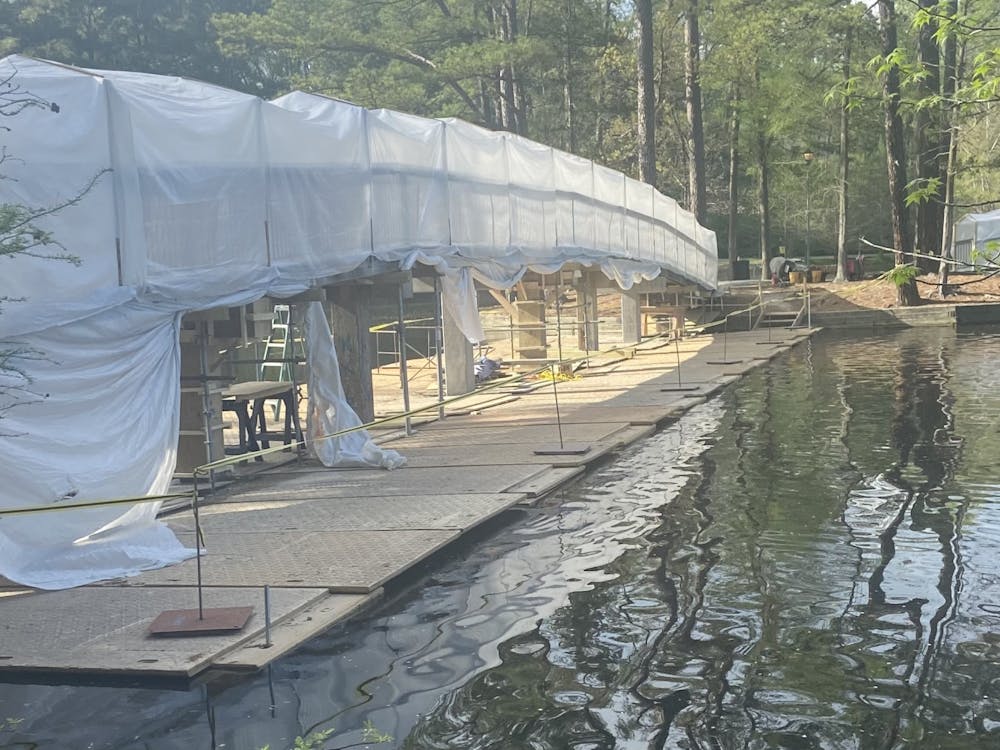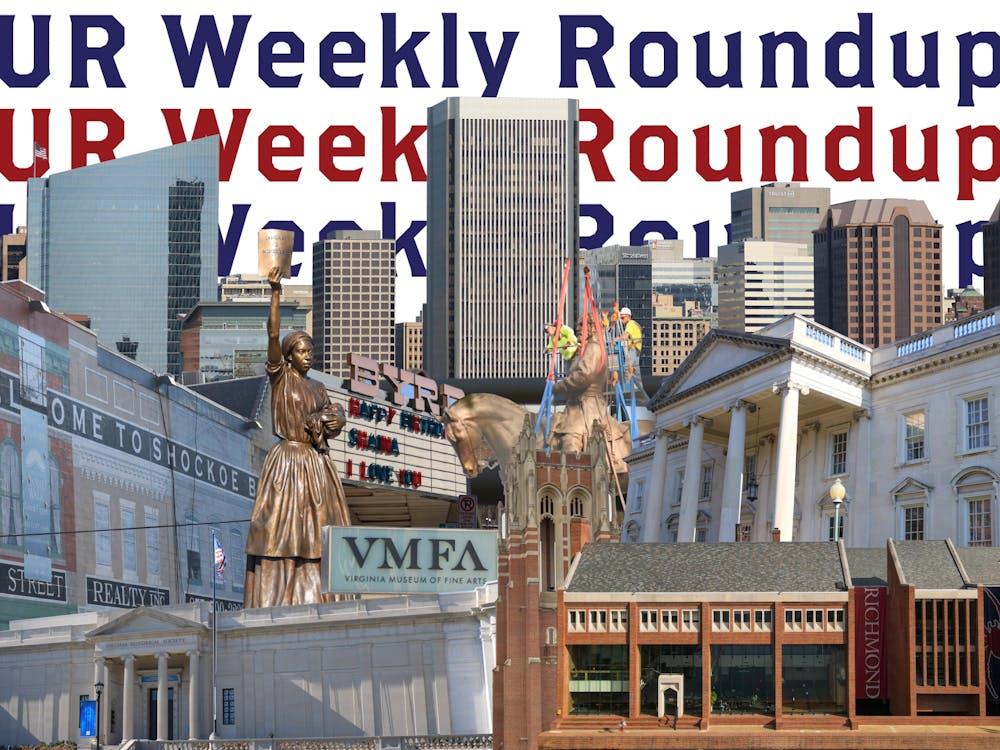The Digital Scholarship Lab at University of Richmond's project "Mapping Inequality" was named a "Best Map of 2016" by National Geographic.
“Mapping Inequality” is an interactive map outlining housing discrimination throughout the country during the New Deal. Users can click on more than 250 cities and towns to see how the Home Owners Loan Corporation (HOLC) categorized areas in order to determine where people would fall on mortgage loans throughout the 1930s and 1940s. The HOLC was a government program created as part of the New Deal.
The Digital Scholarship Lab, which can be found on the second floor of Boatwright Memorial Library, compiled information from the National Archives on the HOLC over the past four years.
When users search a city on the map, they can see the grade the HOLC assigned to it as well as look at surrounding areas. An area description is also included for most cities. This information shows how the HOLC used racial and cultural factors to determine a city’s grade.
The Digital Scholarship Lab's graphic information system analyst, Justin Madron, said the maps were highly race-driven.
"If there was an African-American family in the neighborhood, it was almost certainly given a ‘D’ grade," he said.
Negative grades led to denied access of quality loans, creating a “trickle-down effect," which Maldron said was still evident today.
“We can see it a lot in Richmond," Madron said. "A lot of these areas today are still highly poor areas and kind of low-quality housing. There are a lot of implications on poverty levels, housing quality and neighborhood culture.”
Student interns and staff at University of Richmond, University of Maryland, Virginia Tech and Johns Hopkins University worked to create this map.
“We don’t know the big picture of what these maps will look like,” senior Erica Ott said. “All we are doing is putting in numbers.”
“What I really like about the Mapping Inequality project is that it takes a bunch of maps and records that have been buried in the National Archives — technically open to anyone, but not very easy for most people to find — and makes them readily accessible online," Greg Miller said in an email. Miller is a journalist and the co-author of National Geographic’s cartography blog, "All over the Map."
“You can explore your own neighborhood or dig into the history of cities around the country. You don't have to be a historian to get something out of it,” Miller said.
Enjoy what you're reading?
Signup for our newsletter
Although National Geographic already recognized the project, Madron said the commendation was not enough.
“For us, we love getting recognized, but it also gets the project out there in the hands of people that will do interesting research and come up with conclusions and more questions,” Madron said. “It sparks the conversation.”
Contact contributor Candace Hino at candice.hino@richmond.edu
Support independent student media
You can make a tax-deductible donation by clicking the button below, which takes you to our secure PayPal account. The page is set up to receive contributions in whatever amount you designate. We look forward to using the money we raise to further our mission of providing honest and accurate information to students, faculty, staff, alumni and others in the general public.
Donate Now


